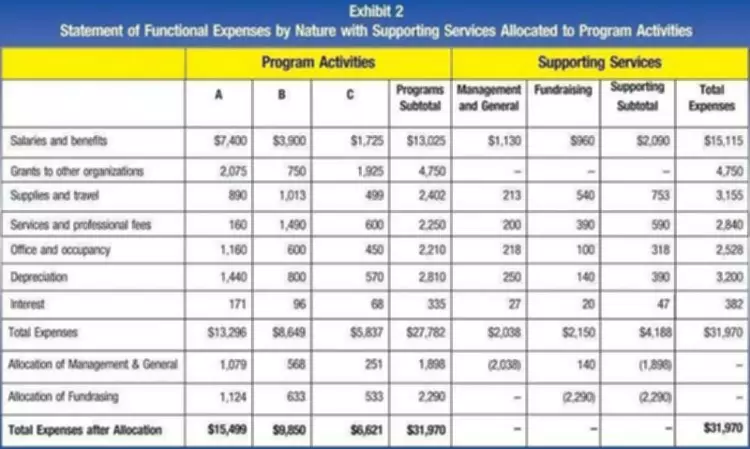Content

Salvage Value estimates need to be reasonable and supportable, not drawn from whole cloth. At the same time, Salvage Value is an estimate, not a prophecy of future value. The key to a reasonable and supportable estimate is to create a rational procedure that is followed when addressing the subject. Hypothetical example(s) are for illustrative purposes only and are not intended to represent the past or future performance of any specific investment.

The beginning balance of the PP&E is $1 million in Year 1, which is subsequently reduced by $160k each period until the end of Year 5. Hence, a car with even a couple of miles driven on it tends to lose a significant percentage of its initial value the moment it becomes a “used” car. Let’s say the company assumes each vehicle will have a salvage value of $5,000. This means that of the $250,000 the company paid, the company expects to recover $40,000 at the end of the useful life.
Why Is Salvage Value Important for Depreciation?
Salvage value is the amount that an asset is estimated to be worth at the end of its useful life. It is also known as scrap value or residual value, and is used when determining the annual depreciation expense of an asset. The value of the asset is recorded on a company’s balance sheet, while the depreciation expense is recorded on its income statement.
Both declining balance and DDB require a company to set an initial salvage value to determine the depreciable amount. Track the value of your assets easily with invoicing and accounting software like Debitoor. For instance, a company purchases a delivery car for $10,000 and estimates its useful life to be five years. The salvage value also helps with tax deductions and overall liability calculations.
Salvage Value vs. Other Values
Salvage value is the monetary value obtained for a fixed or long-term asset at the end of its useful life, minus depreciation. This valuation is determined by many factors, including the asset’s age, condition, rarity, obsolescence, wear and tear, and market demand. When you’re using straight-line depreciation, you can set up a recurring journal entry in your accounting software so you don’t have to go in and manually prepare one every time.
You know you’ve correctly calculated annual straight-line depreciation when the asset’s ending value is the salvage value. In the depreciation schedule above, the refrigerator’s ending book value in year seven is $1,000, the same as the salvage value. The impact of the salvage (residual) value assumption on the annual depreciation of the asset is as follows. First, companies can take a percentage of the original cost as the salvage value. Second, companies can rely on an independent appraiser to assess the value. Third, companies can use historical data and comparables to determine a value.
How To Calculate an Asset’s Salvage Value
Salvage value can be described as the estimated value which a company will realise as a part of terminal cashflow after utilizing asset throughout its useful life. Different valuation techniques are prescribed for salvage value calculation in different applicable accounting standards. Salvage value plays an important role in determining the yearly depreciation charge for an asset. Generally, salvage value is very minimal as compared to its original cost as assets gets fully utilized. The depreciable base is calculated by reducing the salvage value from the original cost to determine the annual deprecation charge. Book value is the historical cost of an asset less the accumulated depreciation booked for that asset to date.
Is salvage value an asset?
Salvage value is the estimated resale value of an asset at the end of its useful life. It is subtracted from the cost of a fixed asset to determine the amount of the asset cost that will be depreciated. Thus, salvage value is used as a component of the depreciation calculation.
The Internal Revenue Service (IRS) requires companies to estimate a “reasonable” salvage value. The value depends on how long the company expects to use the asset and how hard the asset is used. For example, if a company sells an asset before the end of its useful life, a higher value can be justified. Typically, companies set a salvage value of zero on assets that are used for a long time, are relatively inexpensive, or if the technology becomes obsolete quickly (5-year-old printer, 4-year-old laptop, etc.). If the residual value assumption is set as zero, then the depreciation expense each year will be higher, and the tax benefits from depreciation will be fully maximized.
Cash method businesses don’t depreciate assets on their books since they track revenue and expenses as cash comes and goes. However, calculating salvage value helps all companies estimate how much money they can expect to get out of the asset when its useful https://www.bookstime.com/articles/what-is-salvage-value life expires. Salvage value is the estimated price an entity will realize from the disposal of an asset at the end of its useful life. Mainly used to calculate yearly depreciation charge on tangible which in turn affects net profits, taxable profits, etc.